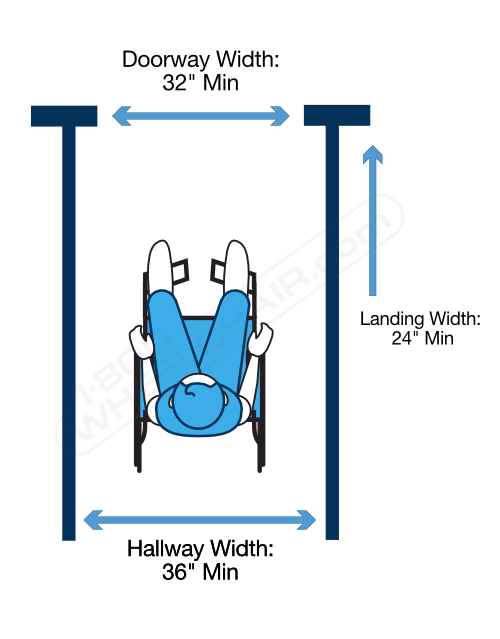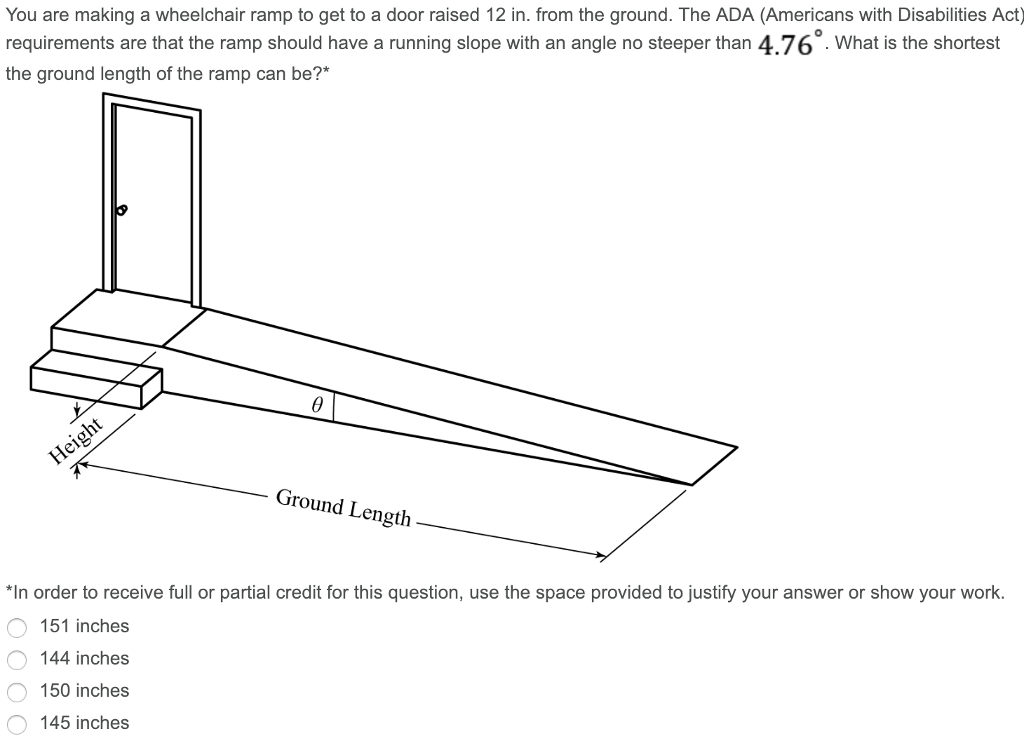

Doors with spring hinges should take at least 1.5 seconds to close from the open position of 70 degrees.Ĭlosing times for automatic doors vary depending on the type of door (swinging, sliding or folding) as well as the dimensions and weight of the door.Doors with closers should take at least 5 seconds to move from the open position at 90 degrees to 12 degrees from the latch.Closing speedĭoors that snap closed quickly make it difficult for users, particularly those with disabilities, to get through safely. One peephole should be at “typical” height, and the other located 43 inches above the floor. However, in certain types of accessible rooms, such as a hotel guest room, it’s considered best practice to provide two peepholes. Lowered peepholes are not typically required. In all cases, the maneuvering space should have a level surface, that is, a maximum slope of 1:48. Door swings away – maneuvering clearance to push face of door with a closer and latch is 12 inches minimum.Door swings toward – maneuvering clearance at door to pull face of door is 18 inches minimum.The space required varies depending on the type of door and the direction of approach: Open the door while remaining outside the swing of the door (if it’s a swinging type).Maneuvering spaceĭoors require a certain amount of clear space around them to allow individuals using wheelchairs or other mobility devices to: Thresholds higher than 1/4 inch must be beveled at 1:2 slope maximum.

However, 3/4 inch is allowed at all existing doors when beveled on each side with a slope not steeper than 1:2. Thresholds cannot be higher than 1/2 inch at accessible doors, including sliding doors. Traditional round doorknobs are not accessible, as they require tight grasping and twisting to turn. Lever handles and some other types comply with this requirement. It must also be operable with one hand and without tight grasping, pinching, or twisting of the wrist. Hardwareĭoor hardware must not require more than 5 lbs. Clear width is measured between the face of the door itself and the opposite stop. Common Door Accessibility Issues Clear widthĪlt text: Diagrams of a hinged door, sliding door, and folding door.Īccessible doors should provide at least 32 inches of clear width. Good to know: Although automatic doors can provide greater accessibility, they are not required by the ADA Standards. Public entrances serving different fixed routes within transit.Along each building’s required route of escape or.At least one restricted or secured entrance (if applicable).Entrances to buildings from all parking structures, tunnels or elevated.Accessible rooms and spaces within buildings.Each tenant space in a mall or other building with multiple business.Each accessible entrance (at least 60% of public entrances in newly built facilities must be accessible to individuals who use wheelchairs or have mobility impairments).

Door Accessibility Requirements Which doors should be accessible?Īt least one door should be accessible at these locations: In addition, state and local building codes may require different or additional accessibility features. State and local governments must also take steps to ensure access to the programs and activities they offer in an accessible facilities. Tax incentives may help defray some of the costs. What is readily achievable will vary from one business to another, and will depend on a number of factors, including existing structural conditions and the financial resources of the business. Places of public accommodation built before that date must undertake “readily achievable barrier removal.” This consists of activities that can be easily carried out without much difficulty or expense. Places of public accommodation and buildings constructed by state or local governments must be fully accessible to people with disabilities if built after January 26, 1992. The ADA requires that these entities provide access to their programs, goods and services.īusinesses or buildings that are open or offer services to the general public are called “places of public accommodation” by the ADA. The Americans with Disabilities Act (ADA) covers a wide variety of private businesses, as well as all the agencies of state and local governments. Accessible doors welcome everyone – and they’re required by law. How can businesses provide access to people with disabilities? They can begin by opening their doors, literally. And they use businesses and facilities that are accessible to them. They have friends, family members, and business colleagues who accompany them to events and outings. They control $1 trillion in total annual income. People with disabilities are the largest and fastest-growing minority in the U.S.


 0 kommentar(er)
0 kommentar(er)
